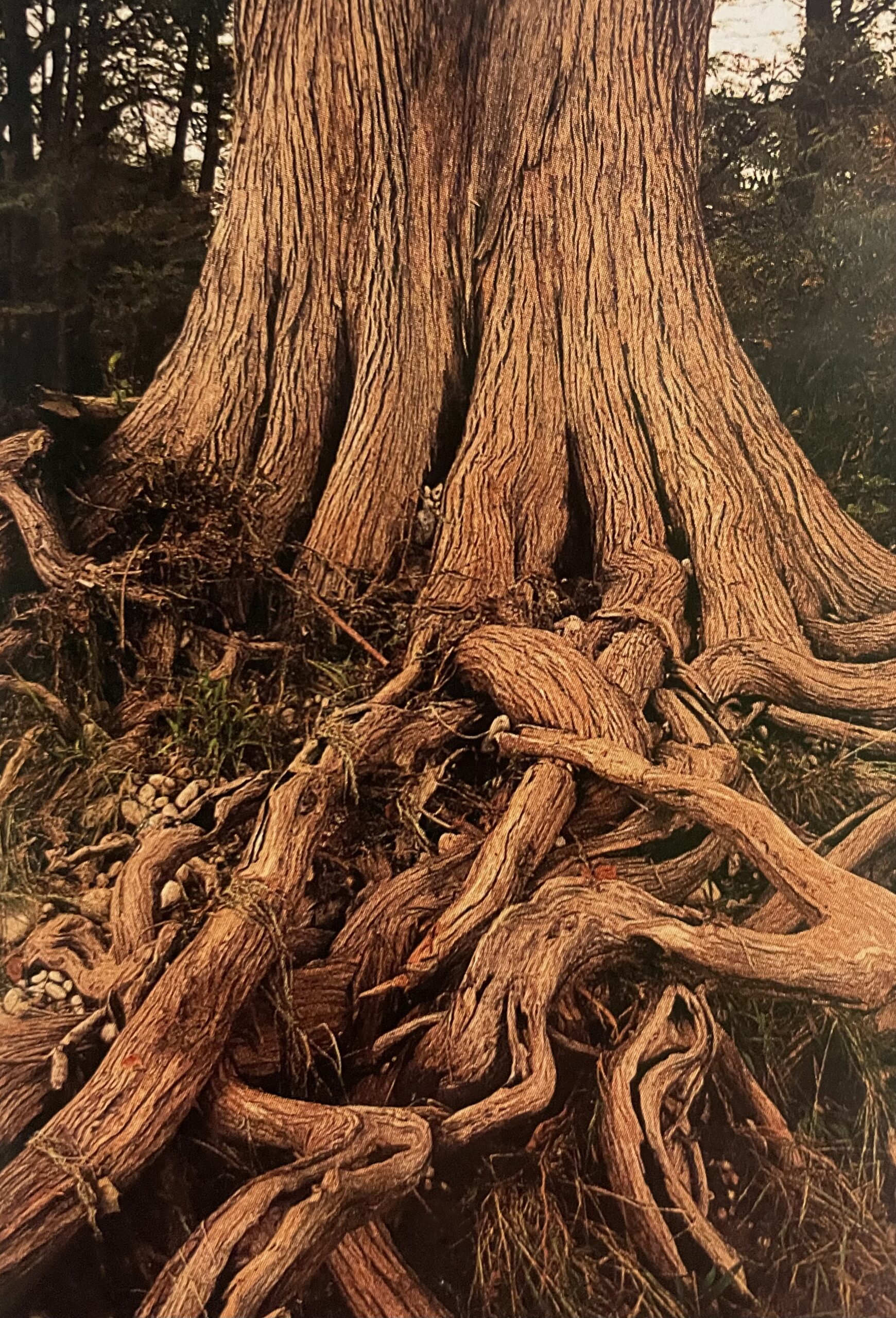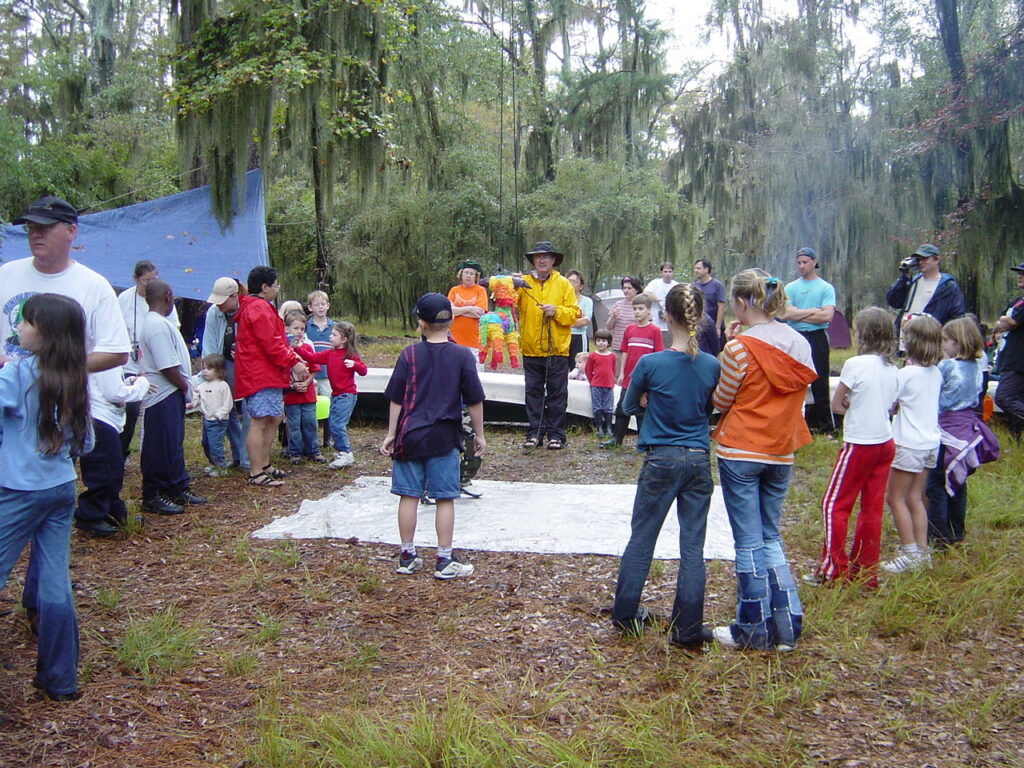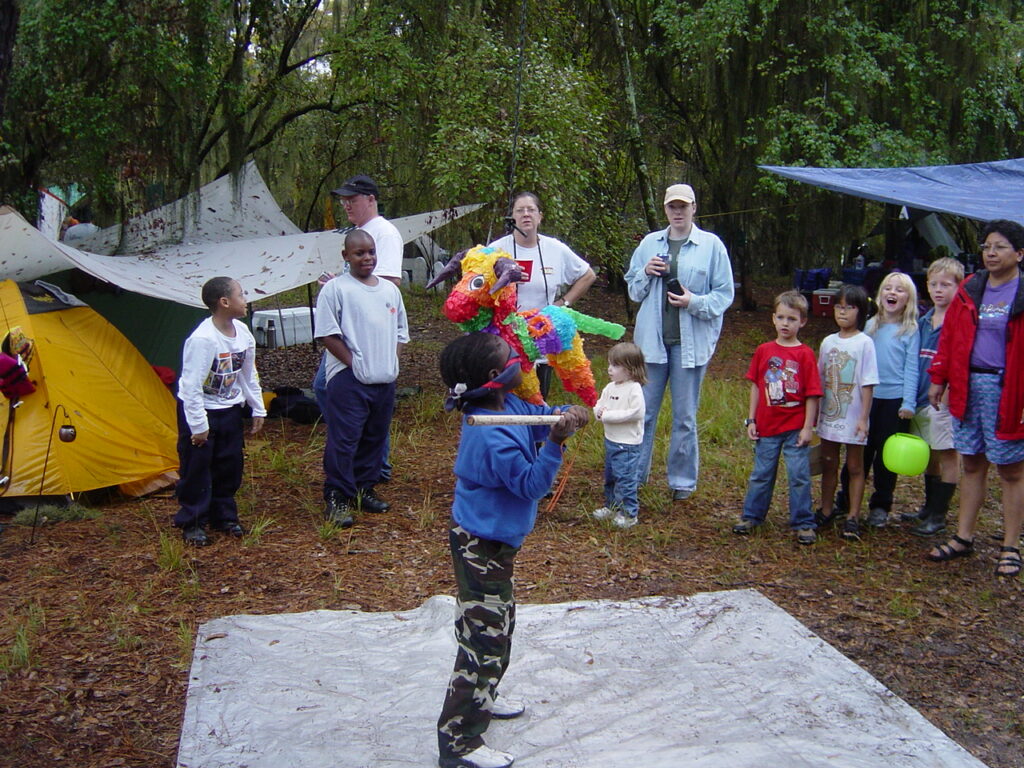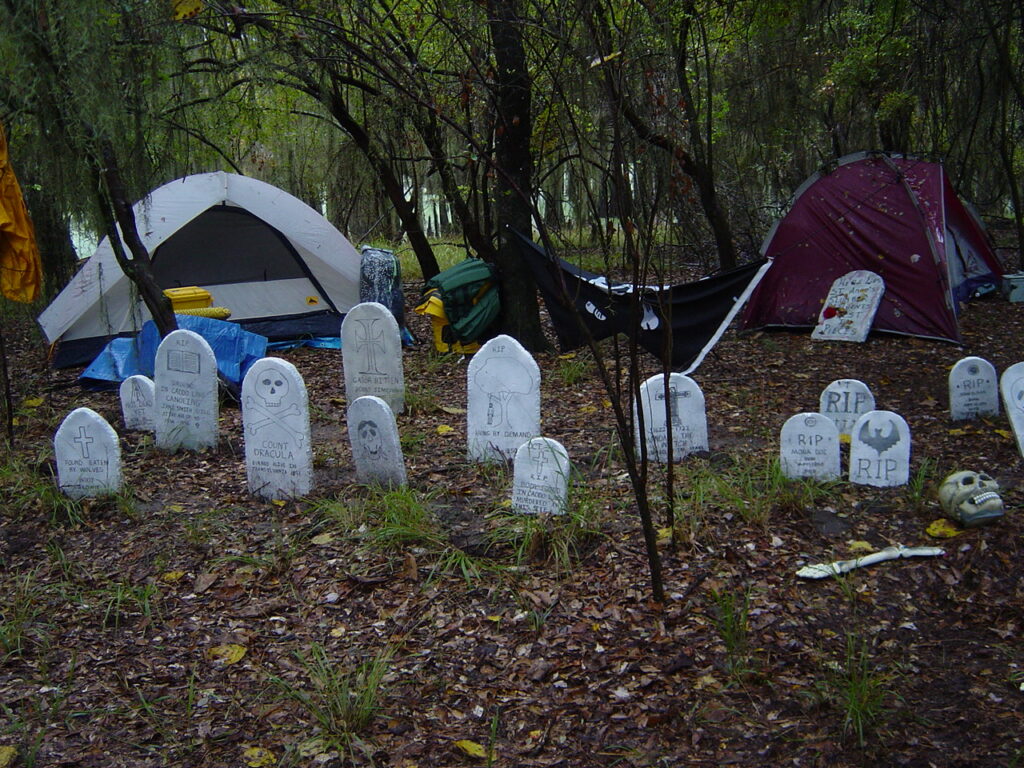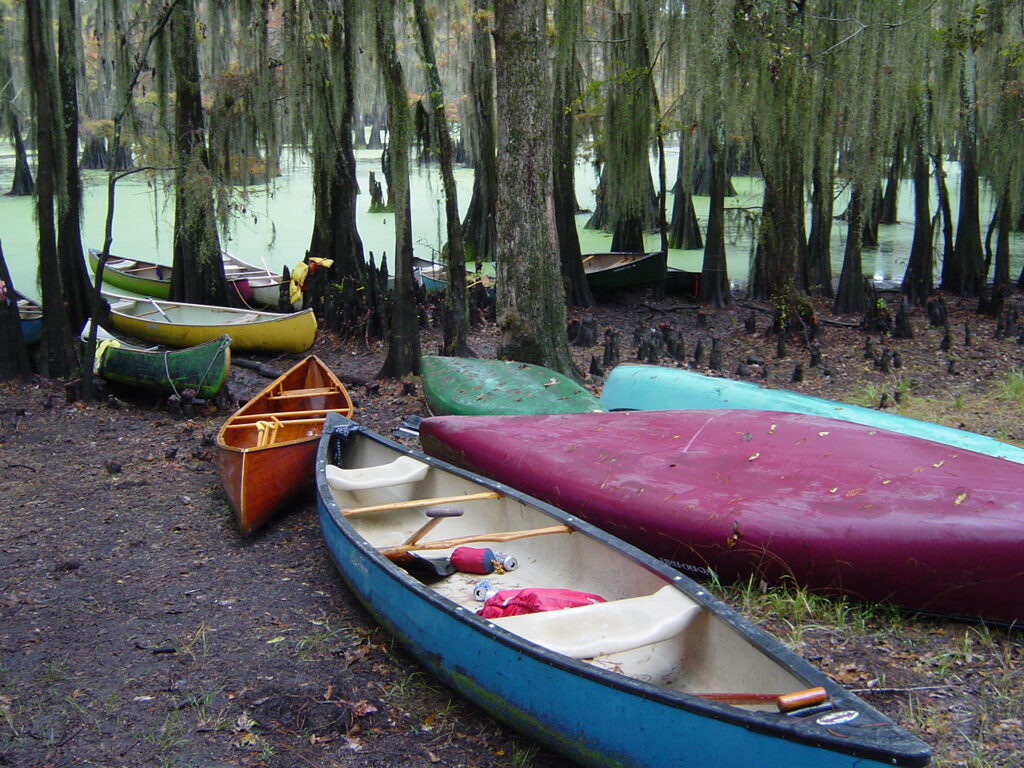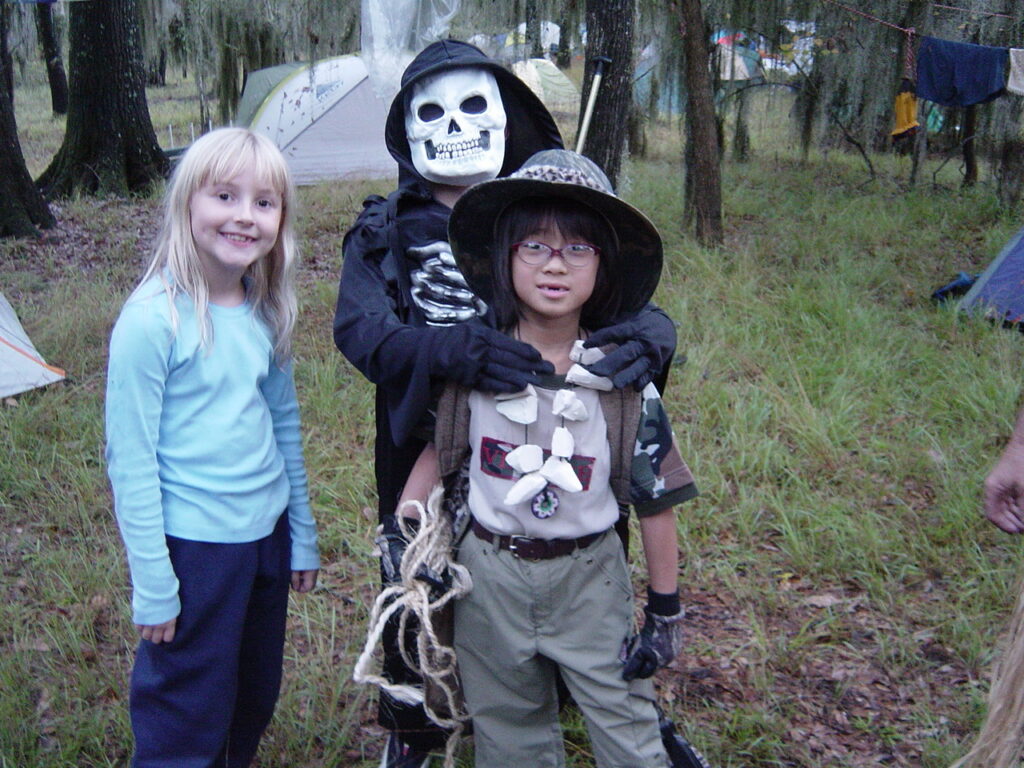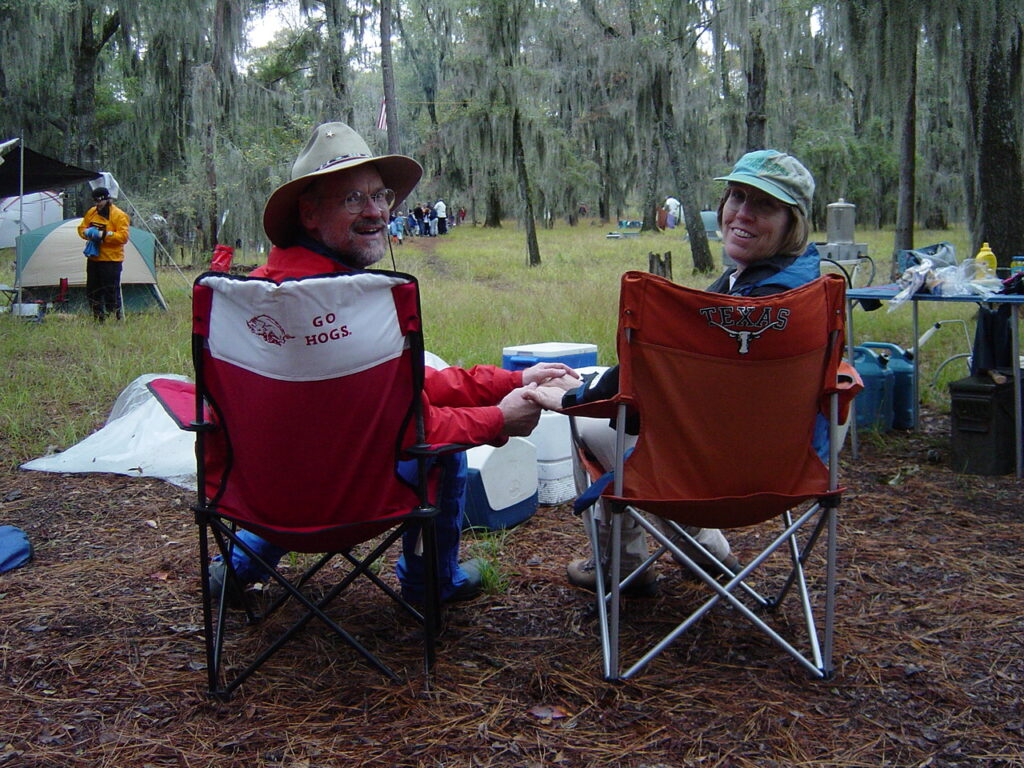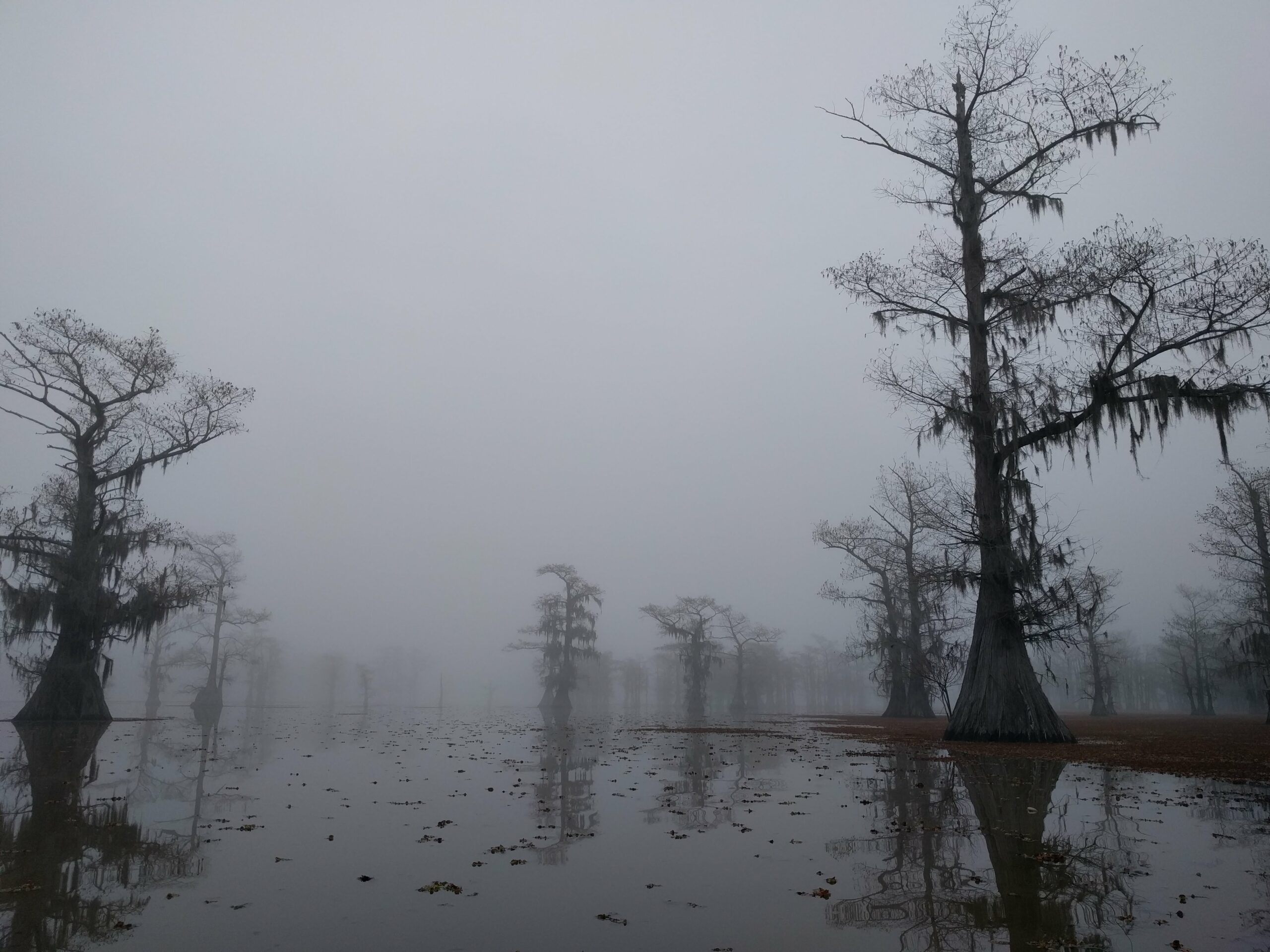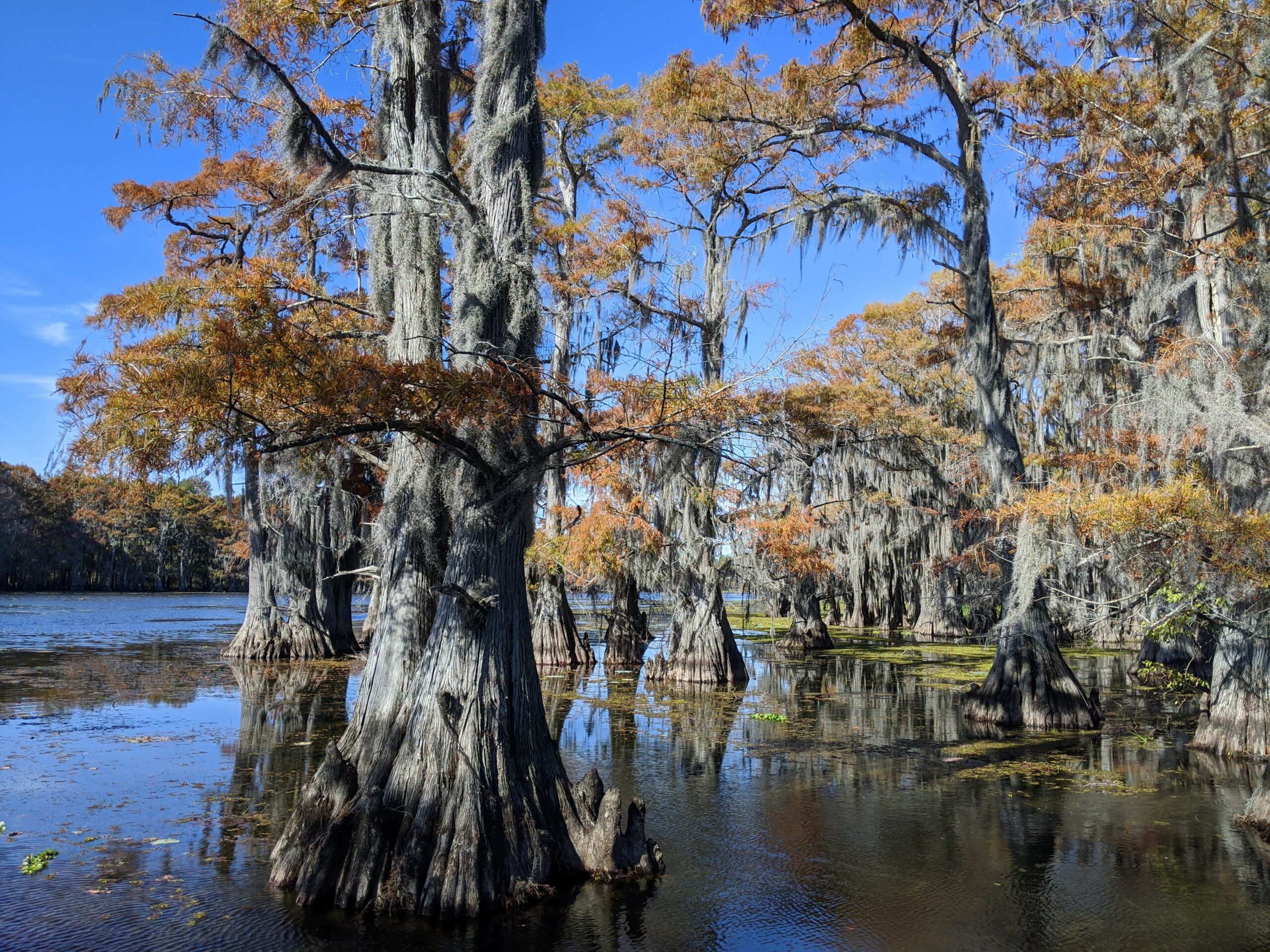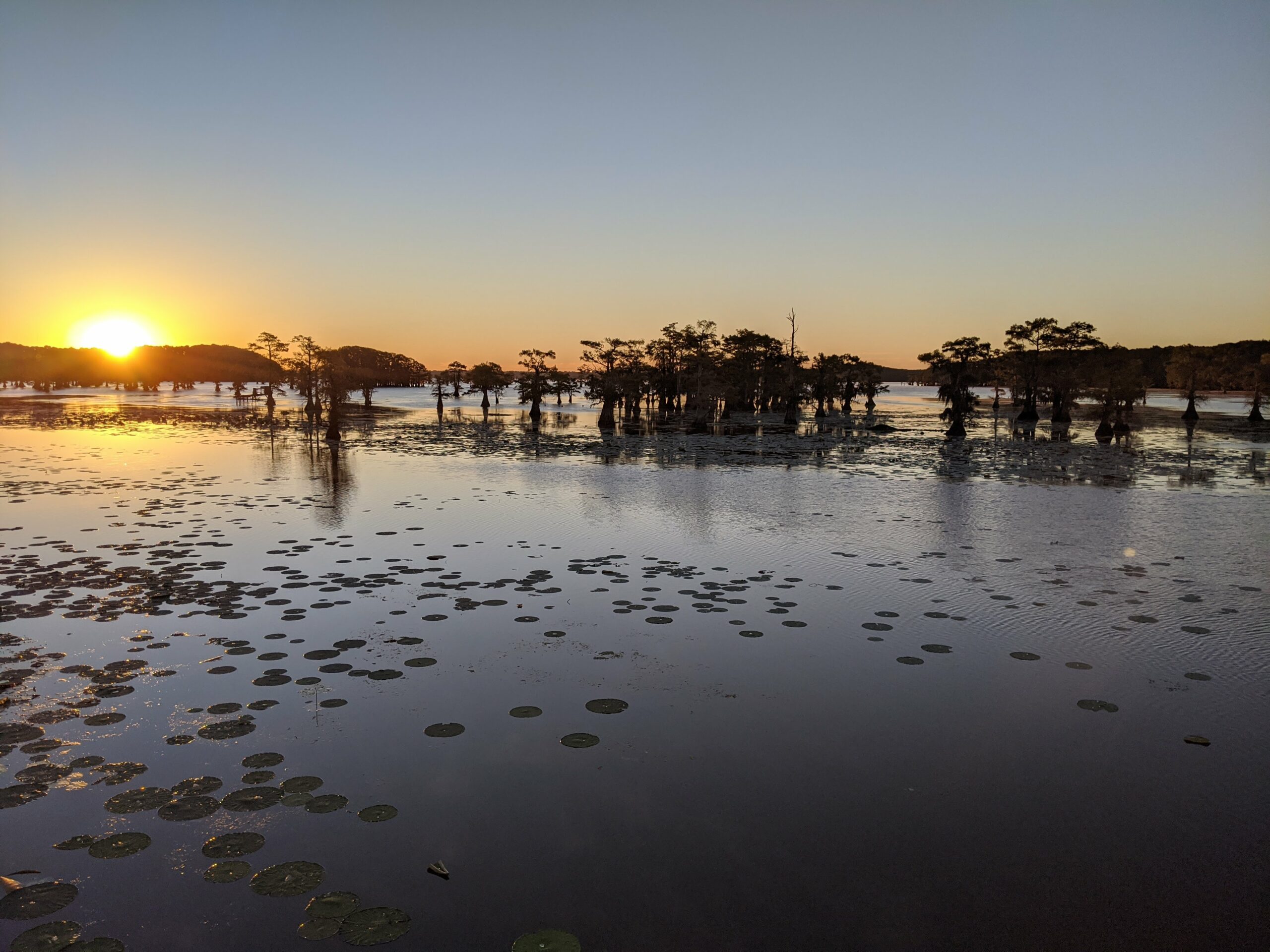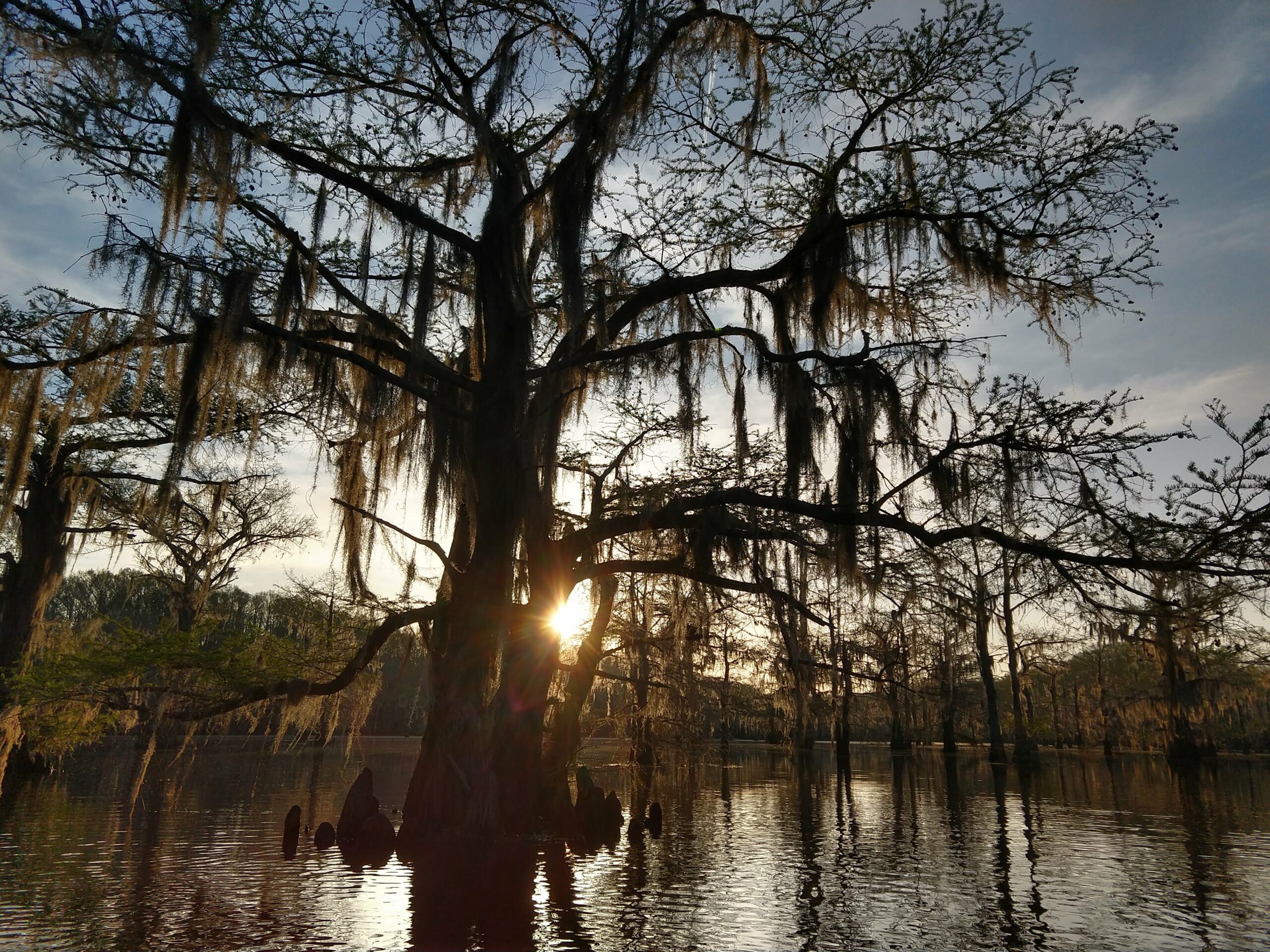Overview
The Caddo Indians were the first known inhabitants of the area. There are questions about the lake’s origins, but scientific data seems to suggest that the lake was formed over several hundred years as a result of logjams and flooding (see The Great Raft of the Red River) and erosion in the Piney Woods of East Texas and West Louisiana. Caddo Lake has the popular misconception that it is the only natural lake in Texas. However, it must be recognized there are many natural lakes in Texas. Also, a dam was built there in 1901, improved in 1914 for flood control and replaced by a new dam in 1971. If the current dam were removed, Caddo Lake would cease to exist. The lake straddles Texas and Louisiana and is only 15 miles from the Arkansas state line. It is a Bald cypress swamp of awesome beauty year around. While the Texas side of the lake is a cypress swamp, the Louisiana side has more open water.
Recreation & Access
Quick Info
| Length | 50+ miles of TPWD Paddling Trails |
| Class (I-VI) | I |
| Minimum Flow | |
| Ideal Flow | |
| Maximum Flow | |
| Current River Conditions | USGS Big Cypress Bayou; |
| Put-in | Various |
| Take-out | Various |
| Boats | Canoes, Kayaks |
| Season | Fall, Winter, Spring |
| Highlight | Bayou lined and lake filled with Bald Cypress trees |
With ten official paddling trails in the region, the Caddo area now has over 50 miles of canoe and kayak trails for paddlers. Follow the trail markers posted along each of the trails to explore the mysterious maze of sloughs, swamps and bayous for which this beautiful region is known. Big Cypress Bayou, dammed by Lake of the Pines to the west of Jefferson, is the primary conveyor of water to Caddo Lake. Caddo Lake Wildlife Management Area WMA is entry by permit only. The two accepted permits are either an Annual Public Hunting Permit or a Limited Public Use permit. Please see the Annual Public Hunting Permit webpage.
Featured Runs, Paddling Trails
Big Cypress Bayou
Benton Lake Paddling Trail (2.4 miles loop)
Clear Lake Paddling Trail (2.9 miles miles loop)
Haggerty Creek Paddling Trail (5 miles loop)
Mill Pond Paddling Trail (7.2 miles loop)
Old River II Paddling Trail (3 miles loop)
Caddo Lake
Carter’s Chute Paddling Trail (7.6 miles loop)
Cathedral Paddling Trail (3.8 miles loop)
Hell’s Half Acre Paddling Trail (8.8 miles loop)
Old Folks Playground Paddling Trail (4.9 miles loop)
Turtle Shell Paddling Trail (4.6 miles loop)
Historical and Cultural Significance
Caddo Lake has the popular misconception that it is the only natural lake in Texas. However, it must be recognized there are many natural lakes in Texas. First it must be acknowledged that a man-made dam was installed on Caddo Lake in the early 20th Century. Second, there is the natural Sabine Lake (Sabine River) and Green Lake (Guadalupe River) both near the coast. There are natural playa lakes in the High Plains of West Texas and many natural oxbow lakes along the Trinity, Brazos, Sabine and Neches Rivers. Oxbows are called resacas in the Rio Grande Valley. Claudia Alta Taylor aka, First Lady, Lady Bird Johnson was born on December 22, 1912, in Karnack, Texas, a town in Harrison County, near Caddo Lake. Jefferson is a historic small town that remains somewhat unchanged from its 19th-century past as a riverboat port. You can walk the original streets, tour authentic buildings and relive its colorful history. It has numerous antique stores, restaurants, museums, antique homes and an old-fashioned general store. Annual events in Jefferson include a historic homes tour in May.
Conservation and Threats
The “American” Paddlefish (Polyodon spathula) is now the only surviving paddlefish species on the planet. Historically there were six species, with the second to last remaining, the “Chinese” paddlefish (Psephurus glades,) declared extinct in 2020. The “American” paddlefish has inhabited Caddo Lake, as well as other rivers and bayous of the Mississippi River Basin for over 350 million years, making these beautiful fish the oldest living species on our continent. Paddlefish are now rarely found in any rivers in Texas. The paddlefish is a filter feeder, capturing plankton on its gill strainers as it swims with its mouth open. Where they do thrive, Paddlefish can grow to seven feet, weigh 200 pounds and live for 30 years.
Against all odds, the Caddo persists, as does the endless catalog of threats, which now include feral hogs, the Emerald Ash Borer, sediment from the clear-cutting of forests, and aquatic plant invaders like Hydrilla and Crested Floating Heart. Giant salvinia (Salvinia molesta) from Brazil, showed up at Caddo in 2006. It forms a dense green mat so thick that canoeists often can’t paddle through it, and it eventually blocks the passage of all light into the lake, thus halting oxygen-producing photosynthesis. Salvinia can double in size every two to four days and can cover 40 square miles in 90 days. In recent years, salvinia has covered as much as 60 percent of the Texas side of Caddo Lake. In the summer of 2013, Carter’s Chute was in the middle of a 7-mile-long mat of Salvinia so thick you could not see water. But it’s not all bad news. What does kill salvinia is cold weather. In 2018 and 2021, the harsh freezes temporarily cleared Carter’s Chute of salvinia.
Natural Features
Bald cypress, Taxodium distichum, are among the biggest, tallest and longest-lived trees in Texas. Some have reportedly reached an age of 800 to 1,200 years. Bald cypress were around with the dinosaurs. When young, they’re shaped liked Christmas trees, but as they age, the crown tends to open up and the branches lift skyward, forming a massive, lofty, overarching canopy. Bald eagles and ospreys take full advantage of the height of these trees to nest on the river. Cypress are famous for their “knees”, which are thought to provide oxygen to the roots and/or to serve as anchors. In the Great Raft of 1830 and the 2nd Great Raft (1873), most of the old cypress trees were destroyed. Now most of the cypress on Caddo Lake are no more than 150 years old. Hanging from all the Bald cypress trees, the ubiquitous Spanish moss (Tillandsia usneoides) is neither Spanish nor is it a moss. It is an epiphytic flowering plant that often grows upon large trees in tropical and subtropical climates. There are over 225 species of birds found at Caddo Lake. There are also snakes, alligator, raccoon, skunk, mink, nutria, white-tail deer, squirrel, beaver, armadillo, waterfowl, rabbit, hare, feral hog, frogs, turtles and many more.
Fishing
The mainstays of the Caddo Lake and Big Cypress fishery are Catfish and Bass. Caddo Lake is diverse in its fish population and includes Striped bass, Largemouth bass, Yellow bass, White Bass, Spotted bass, Black and White crappie, Blue catfish, Channel catfish, Flathead catfish, Smallmouth Buffalo, Freshwater drum, Longnose gar, Bluegill, Redear and Warmouth Sunfishes.
Additional Resources
Against All Odds, Caddo Lake Prevails – Texas Highways
The Paddlefish Project, Caddo Lake Institute
Caddo Lake National Wildlife Refuge
Dallas Down River Club ‘Caddoween’
